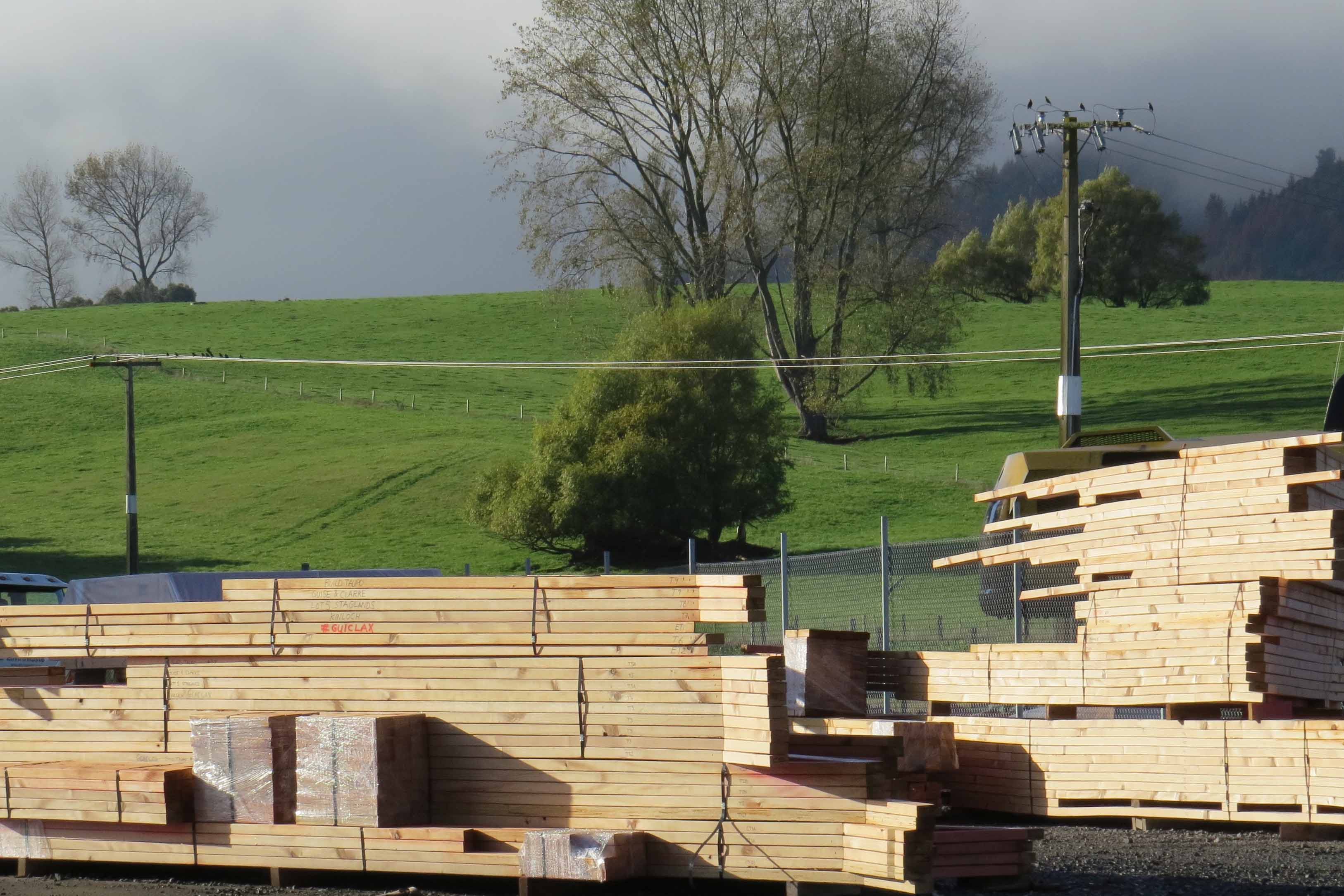The Government is spending more than $300 million to boost the forestry sector and maximise its potential as a carbon sink.
Forestry minister Stuart Nash says $73.5 million from Budget 2022 will go towards increasing woody biomass, which offers the best alternative to coal.
“We want to ensure we have home-grown, clean energy solutions to replace the use of coal in industrial process heat. This will increase our energy security and means we are less reliant on coal.
“This new funding will increase New Zealand’s biomass supply by enabling planting of 10,000ha of forest.
A further $256.2 million will go towards maximising the contribution of forestry in boosting carbon sequestration to achieve New Zealand's future carbon goals.
“New funding will scale up native seedling production to increase native forest planting and create long term carbon sinks.
“It will also fund targeted research and development, and stimulate private sector investment to help transform our forestry and wood processing into a high-value, high-wage sector,” Nash says.
The Forest Owners Association welcomes the Emissions Reduction Plan as an “unprecedented blueprint for reducing New Zealand’s gross emissions” but it warns that the emphasis on planting native trees ignores the urgency of the climate change crisis.
Association president Grant Dodson says species like rimu, kauri and pūriri are “fantastic trees” that produce great timber and wood.
“But native trees are not capable of reducing our net emissions in any substantial degree this side of next century. They grow too slowly.”
“In many cases, expectations of carbon sequestration from natives are overstated in the current official data tables. That makes the problem worse.”
“It’s a fact of life that exotics, such as pines or eucalypts, do a much faster job of locking up atmospheric carbon. That’s why the Climate Change Commission last year budgeted another 380,000 hectares of additional exotic planting by 2035.
“We could plant enough huge areas to get some carbon volumes from native trees earlier than the year 2100. But I’m sure farmers wouldn’t like millions of hectares of farmland going into kowhai or tutu.”
“It’s also hugely expensive and difficult to establish forests of mixed native trees. Browsers, such as possums eat them. Weeds, such as old man’s beard, grow all over them.
“Future planting is always going to be a mix of both native and exotic. Native trees have their place. But there is a huge income opportunity for farmers from fast growing exotic trees. There are very compelling economic benefits to New Zealand if we diversify farm revenues this way,” Grant Dodson says.
“We especially welcome the government’s plan to expand forestry extension services and invest in bioenergy. But we seriously caution the focus on native plantings as a way to help solve the climate emergency.”
The Government is also allocating nearly $339 million to accelerate the development of high-impact technologies and practices to reduce agricultural greenhouse gas emissions, including the establishment of the new Centre for Climate Action on Agricultural Emissions.
Agriculture minister Damien O’Connor says the centre is about applied research that drives product development.
“The He Waka Eke Noa partnership has highlighted the demand from farmers and growers for products that will shift the dial on-farm so our sector can hit our emissions reductions targets.
“The sooner tools are ready for farmers the sooner we move on our goal of biogenic methane reduction of 10 per cent by 2030 and 24 to 47 percent by 2050.”
The funding is coming from the Climate Emergency Response Fund (CERF).
“Our economic security depends on New Zealand’s food and fibre sector. It’s our biggest export earner but also our largest contributor to emissions, and if we don’t take action now we will be at risk as consumer preferences evolve,” O’Connor says.
“The key to our continued success rests on our ability to produce world-leading food and fibre products that keep pace with consumer expectations and maintain our clean and green brand.
“This investment will not only sharpen our competitive edge in the future, it will also unlock opportunities for careers in agri-tech and generate export revenue through product development.”



0 Comments
Leave a Comment